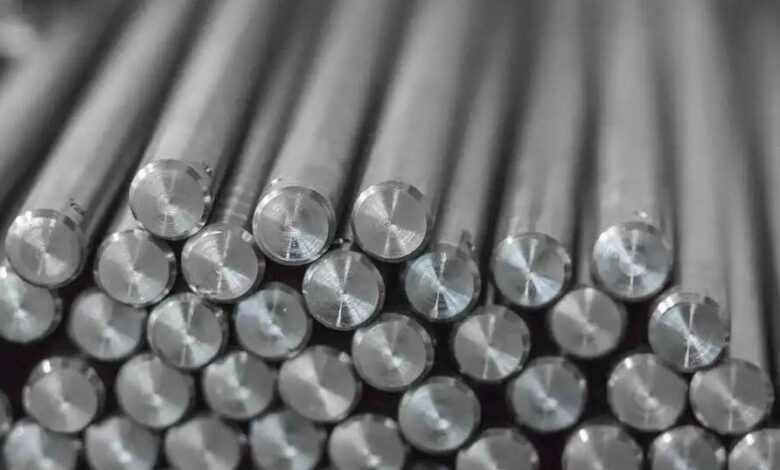A Beginner’s Guide to Tapping Hardened Stainless Steel Safely

Tapping hardened stainless steel can feel like you’re tempting fate. The material is strong, stubborn, and unforgiving. One wrong move and your tap snaps. Or worse, it gets stuck inside an expensive part. But with the right prep and mindset, you can tap it clean without breaking your tools or your patience.
Start with understanding the metal.
Stainless steel comes in different grades. Some grades, like 304, are softer, while others, like 17-4PH or 410, can be heat-treated to high hardness levels. Here, things get tricky. If the material is over 30 HRC, it’s considered hardened and it won’t behave like mild steel.
Before you pick up any tool, find out the exact grade and whether it’s been hardened. Check the Rockwell hardness if possible. It’ll save you from using the wrong tap or feed rate and running into trouble halfway through the hole.
Rigid setup or nothing
Don’t even think about hand tapping if the material is hardened. You need alignment, consistency, and control.
Use a tapping arm, a drill press, or, best case, a CNC machine. The tap must enter the square through the hole and follow a steady path. Any wobble or side load can destroy the tap or damage the part. Hardened stainless won’t forgive sloppy setups.
Drill size needs extra attention.
Using a standard drill chart is fine for everyday materials. But with hardened stainless, you need to be more precise. A hole that is too tight will put too much load on the tap. Go slightly larger, and the threads won’t hold.
If you’re using a form tap, remember it doesn’t cut threads; rather, it forms them by pushing material around. That means it needs a larger pre-drill size than a cutting tap. You’ll find form taps especially useful for tough stainless steel, because they reduce chip issues and are less likely to break.
Keep it cool and controlled.
Heat is the enemy here. It makes stainless steel even harder and more difficult to work with. So you need to slow things down.
Keep the speed low, like around 5 to 10 surface feet per minute, if the steel is over 30 HRC. Use constant, controlled feed. Don’t start and stop midway. That builds heat fast and wears the tape quicker.
A good coolant helps more than people think. Use a high-quality tapping fluid, or better, a high-pressure coolant if your machine supports it. Aim it directly into the hole or along the tap path. It’ll flush chips out and reduce friction inside the hole.
Pick the right tap (and a coated one)
Standard taps aren’t made for hardened stainless steel. You need one designed for high-strength alloys. That means a stronger core, better geometry, and very important : a coating.
Go for AlTiN, TiCN, or TiAlN coatings. They help the tap stay sharp longer and reduce friction. That leads to smoother threads, fewer breaks, and a more consistent finish. Cheap, uncoated taps wear out quickly and cost you more in downtime.
If you’re going with a form tap, make sure it’s specifically rated for stainless. Not all of them are. Some can handle aluminum or mild steel, but they’ll fail fast in hardened materials.
Clean chips, clean threads
Chips are the silent killers in tapping. In hard steel, they don’t just clog the flutes but also jam, weld, and break tools.
For through holes, spiral point taps are your best bet. They push chips forward and out of the way. For blind holes, use spiral flute taps to pull chips back out of the hole. If chip control is still a problem, try taps with interrupted threads. They create smaller chips and reduce binding.
Avoid using old taps.
It might look sharp, but taps wear in ways you can’t always see. The edges dull over time. Micro-cracks start forming. And the next time you put pressure on it, it snaps mid-thread.
If the job matters, use a new tap. Or at least test your used tap on scrap material first. It’s not worth saving a few bucks only to spend hours fixing a broken tap stuck inside a part.
Summary
When tapping hardened stainless steel, you shouldn’t rush. It takes planning, the right tools, and respect for the material. You need a proper setup, slow speeds, and sharp tools. Skip any of those, and you’ll likely end up with broken taps or ruined threads.
But once you get the hang of it, it’s just another part of the job. The key is to stop treating it like normal steel. It’s not. Give it the attention it demands, and it won’t fight back.




